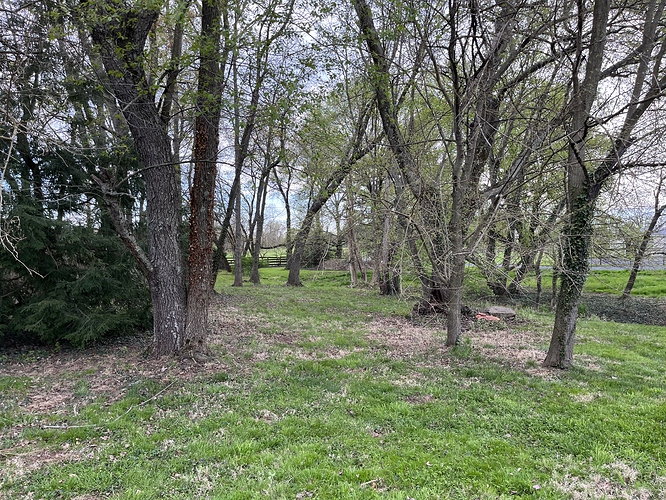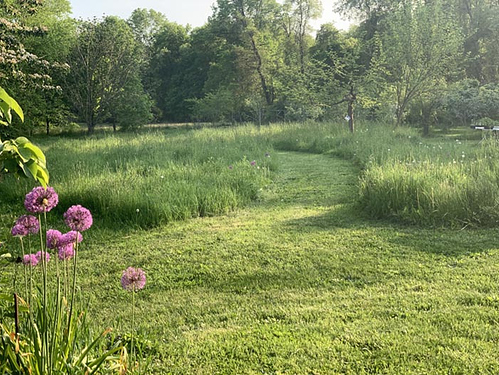Our house came with essentially 4-5 acres of lawn (not counting the pastures) and we’ve continued maintaining it that way but it’s a lot of work/money to mow, especially with rising labor and fuel costs. We don’t fertilize or water the lawn, but still I know it could be better for the environment with more biodiversity and less mowing. We have a few areas of various shapes/sizes that I would like to convert to other uses. I’m thinking a combination of native plant gardens, rain gardens, wildflower meadows, and reforestation (really just expansion of current tree lines). We don’t want it to be ugly or super high-maintenance though.
How do you let lawn go more wild without it just turning ugly, weedy, or scrubby? The vacant lot behind us gets brushhogged every year or two and it is pretty unattractive most of the time. Also one of the areas is our septic drain field so we can’t let shrubs/trees take root there. If you let everything grow most of the year then brushhog once or twice, isn’t that destructive/terrifying to any wildlife that makes its home there?
What about ticks/mosquitoes and vermin? My husband is convinced that reducing mowing in some areas will make the whole property more buggy. I’m worried about encouraging more rodents because I already have trouble with them wanting to infest the hay/equipment barn.
Are there non-invasive ground covers that would out-compete established grass, or would we have to kill the grass and start over? That doesn’t seem very environmentally friendly, plus erosion would be a concern in some of the areas if the grass were removed or killed. I’m interested in ground cover in two areas: 1) sunny steep slopes around the arena, which currently have lovely thick grass but are a beast to mow due to the grade, and 2) shady wooded area that has finer, more sparse grass but that we don’t want to just let get completely overgrown. I’m in Maryland, if anyone has specific plant recommendations.
I have a good relationship with my Soil Conservation guy so I’ve asked him for some info or a referral, but thought I’d tap the COTH hive mind too. @wildlifer, sorry to single you out but I think you might have some expertise in this area?

 You might have a few more insects but you’ll have a bunch more happy birds.
You might have a few more insects but you’ll have a bunch more happy birds.




